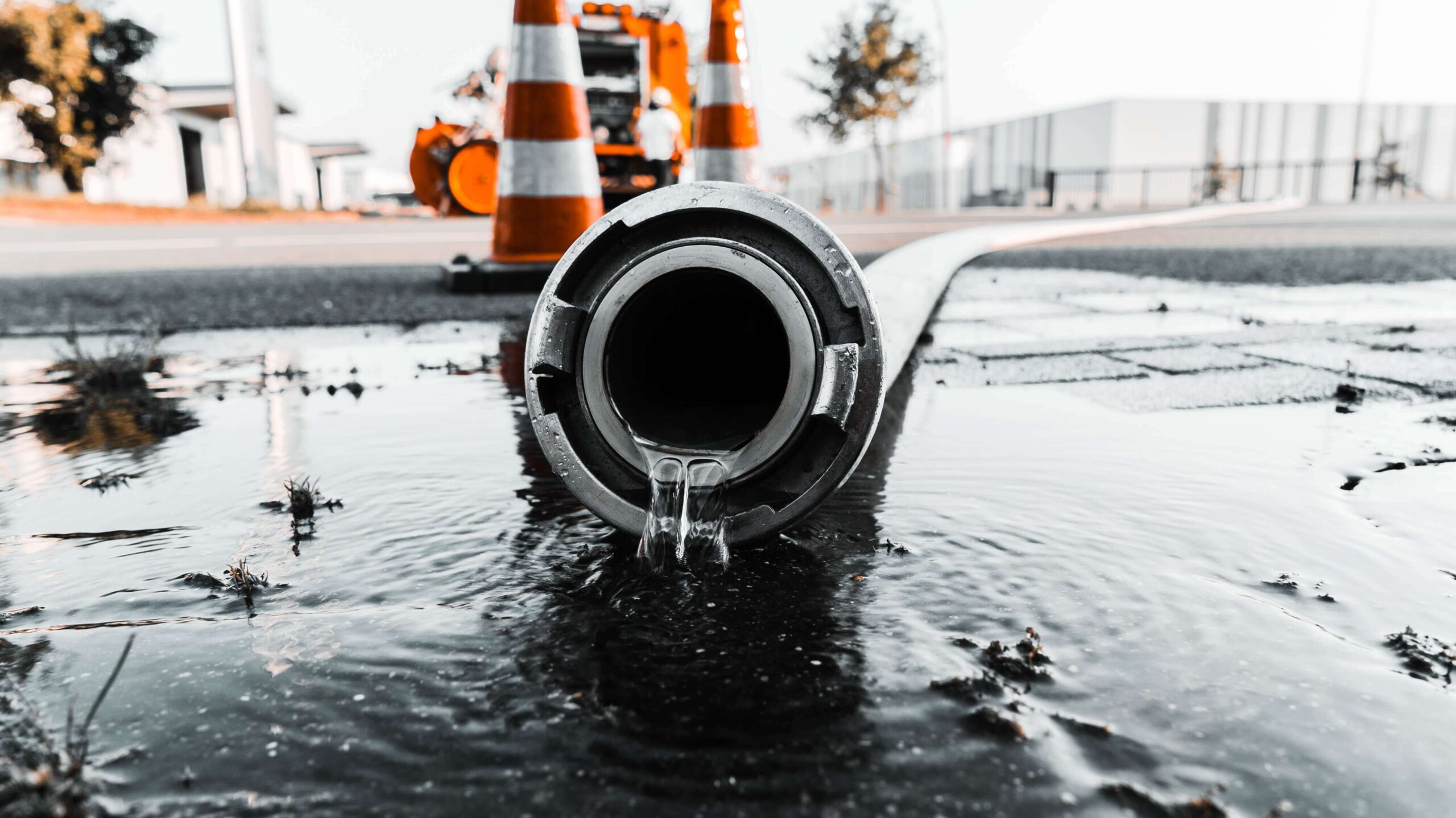Rainwater harvesting is a conservation strategy that involves collecting, filtering, and storing rainwater in a tank. The collected water may be used for flushing toilets, watering plants, and cleaning purposes.
Harvesting rainwater benefits commercial buildings like apartments, offices, shopping malls, and hotels. Equipping your commercial building with a rainwater collection system promotes the conservation of our rapidly declining water resources. Other advantages of rainwater collection include the following:
Lowers water bills
Decreases dependence on public water sources
Provides free water supply suitable for watering plants (no salts or acids) and cleaning without causing corrosion (no chemicals and minerals)
Reduces stormwater run-off and its harmful effects
Rainwater harvesting systems may be designed to suit your commercial building and how you intend to use the harvested rainwater. The tanks for collecting and storing rainwater vary in size and material. As for location, the tank may be installed in-ground or underground.
If you’re unsure what system is suitable for your commercial building, you may consult industry experts. To get started, you may click here.
Below are some essential steps to take when installing a rainwater harvesting system in your commercial building.
Check State Or Local Regulations
It’s of utmost importance to check rainwater harvesting laws and policies in your state or municipality. For instance, in the United States, there are no federal regulations on rainwater collection. Most states allow it, and many actually encourage it to promote water conservation and management. However, Colorado and Utah limit the amount of rainwater that may be collected.
This process is essential because you may need to apply for a permit before setting up your rainwater collection system and be mindful of the guidelines or other restrictions. Ensuring all is above board will help you avoid any fines or penalties.
Conduct A Site Assessment
Conduct a site assessment to determine the feasibility of installing a stormwater harvesting system. Additionally, identify potential issues such as zoning codes, building codes, and site conditions that may affect the system’s design.
An engineer typically conducts site assessments. They will advise you on the ideal location for the system based on their surveys. Having a professional undertake this task will ensure there are no shortcuts and that your system will weather the test of time.
Design A Rainwater Harvesting System
In designing a rainwater harvesting system for your building, you need to determine the storage tank’s capacity, the type of filtration system, and the size of the collection area. These factors will influence the finances and equipment needed to complete the project.
The rainwater collection system will help your commercial building cope with water challenges or scarcity. Since water is a valuable resource, having an additional water supply will be beneficial for your tenants or building occupants.
With a system in place, you can map out the various uses for the water collected by your rainwater system. These include irrigation for your lawn and plants and water for flushing your toilets and cleaning your property.
Set Up The Rainwater Harvesting System
At this point, you need to gather the hardware for the system, which includes the storage tanks and filtration system. Ensure you’ve acquired the right equipment and double-check if the installation is at the designated site.
The next step involves digging holes for underground storage tanks or providing a firm foundation for in-ground tanks, installing gutters and downspouts, and connecting them. You also need to set up the distribution system.
Furthermore, include digital gauges to monitor how much water you have captured. You’ll find that collecting rainwater allows you to save money on water bills and positively impact the environment.
Check If The System Is Fully Functional
Now that the physical setup of the system is complete, you need to inspect if it’s functioning at the optimum level.
Test if the water travels to the tanks without hindrance and that you can pump it to the designated areas for rainwater usage.
Having digital gauges will enable you to monitor your system remotely and check if the system is fully functional. If not, you’ll have to notify the technicians immediately so that they can address the problem.
You’ll notice that your lawn and plants will look much healthier as rainwater has a lower Ph level than treated water supplied by your city.
Conclusion
Setting up a rainwater collection system for your commercial building will benefit you and the environment. It reduces your water bill, leading to increased savings. It’s also a great way to cope with water scarcity, especially in cities that experience droughts or high temperatures.
Furthermore, rainwater collection significantly reduces the risks of local flooding. Overall, conserving and reusing water positively impacts the environment and results in a more sustainable way of life.
Installing a rainwater harvesting system in your commercial building requires time and resources, but the benefits you’ll reap are well worth it.
The post How To Install A Rainwater Harvesting System In Your Commercial Building appeared first on Enterprise Podcast Network – EPN.





Leave a Reply